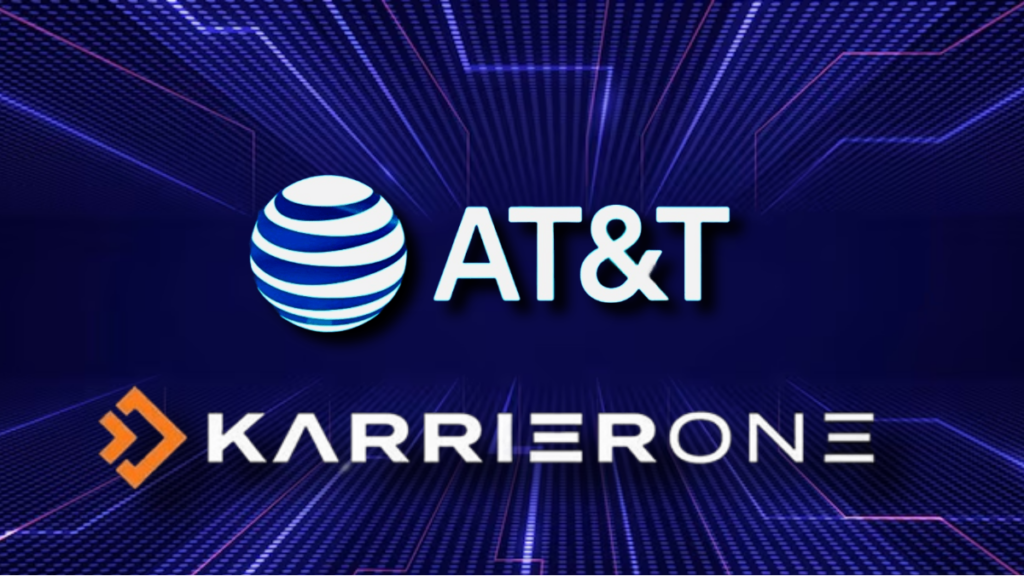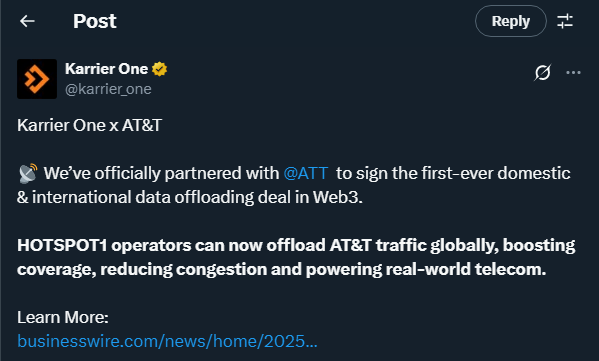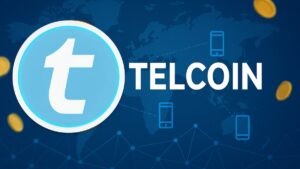TL;DR
- AT&T partners with Karrier One to expand its global Wi-Fi network through Web3 technology, using Hotspot 2.0/Passpoint.
- The agreement boosts decentralized physical infrastructure networks (DePIN), enabling more resilient and accessible connectivity.
- This alliance marks a strong step toward integrating decentralized models into telecommunications, aiming to reduce costs, improve user experience, and provide internet access to previously underserved areas.
The renowned U.S. telecom operator AT&T has entered into a strategic partnership with Karrier One, an emerging company specializing in Web3-powered telecommunications solutions. The main objective of this groundbreaking collaboration is to enhance both national and international Wi-Fi coverage by integrating thousands of new access points based on Hotspot 2.0/Passpoint technology. This advanced technology will allow AT&T users to automatically and securely connect to trusted Wi-Fi networks without having to manually authenticate every single time.
Beyond convenience, this forward-thinking agreement marks a significant shift from the traditional telecommunications approach. Thanks to the use of decentralized physical infrastructure networks (DePIN), Karrier One’s innovative Web3 model not only expands the network, but does so through an open, resilient architecture with increased community involvement. In other words, any independent operator will be able to contribute coverage and receive rewards for providing valuable connectivity to the network.
DePIN and Web3: The Path to More Inclusive Connectivity
The trend of offloading mobile data onto Wi-Fi has been confirmed by recent studies from OpenSignal, which highlight that up to 86% of AT&T users’ mobile data usage occurs over Wi-Fi networks. This figure not only reveals a clear user preference but also reflects an operational necessity for telecom operators: to offload mobile networks and optimize overall performance. In this context, DePIN is not just an emerging technology—it is a real, efficient solution to today’s complex connectivity demands.

At the same time, blockchains like Solana are also making major moves in the decentralized physical network space. Projects like Hivemapper, which turns ordinary cars into digital mapping devices, and NATIX, which uses Tesla cameras to generate real-time traffic data, are transforming how we understand modern urban infrastructure. Karrier One joins this bold and disruptive wave by offering a model in which the community plays an active role in building the internet of the future.
With this agreement, AT&T is not only expanding its coverage, it is also taking a decisive step toward the decentralization of telecommunications. The alliance with Karrier One proves that the future of connectivity will be more open, more collaborative, and powered by blockchain technology.











